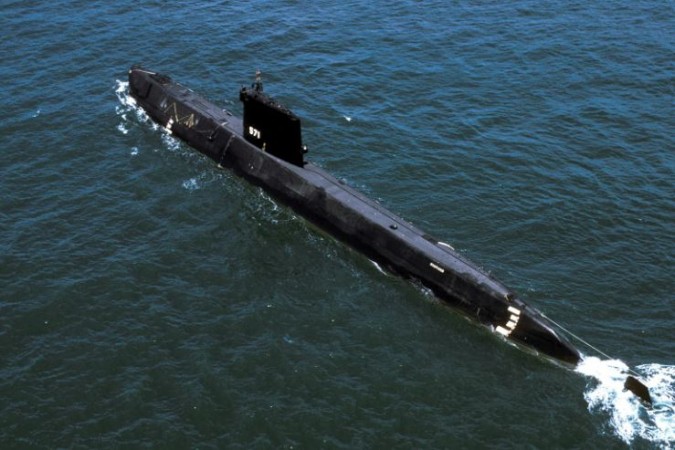
Submarines are incredible marvels of engineering that can travel beneath the sea's surface, offering unique capabilities for military operations, scientific research, and exploration. In this detailed article, we will explore how submarines work, from their basic principles to the advanced technology that enables them to operate underwater.
1. Submarine Basics
At its core, a submarine is a watercraft capable of independent operation below the water's surface. Submarines are designed to operate in a challenging underwater environment, where water pressure increases with depth, and where buoyancy control and propulsion are critical.
2. Buoyancy and Ballast Tanks
The most fundamental principle underlying submarine operation is buoyancy. To dive, a submarine must become heavier than the water it displaces. To achieve this, submarines use ballast tanks, which can be flooded with water to increase weight or pumped out to decrease it.
Diving: To dive, a submarine floods its ballast tanks with seawater, causing it to become heavier and sink.
Resurfacing: To resurface, the submarine uses pumps to expel water from the ballast tanks, reducing its weight and causing it to rise.
3. Propulsion Systems
Submarines use different propulsion systems to move underwater:
Diesel-Electric: Some submarines use diesel engines on the surface and batteries when submerged. These submarines must periodically surface to recharge their batteries.
Nuclear: Nuclear-powered submarines have a nuclear reactor that generates heat, which is used to produce steam and drive a turbine. These submarines can operate submerged for extended periods without refueling.
4. Navigation and Steering
Submarines use a combination of systems for navigation and steering:
Rudders: Like surface ships, submarines have rudders to control their direction.
Hydroplanes: Hydroplanes or diving planes on the sail and stern help control the submarine's angle of ascent or descent.
Sonar: Submarines rely on sonar systems for navigation and detecting other vessels or obstacles underwater.
5. Life Support Systems
Submarines must maintain a livable environment for their crew, even during extended missions beneath the sea. This includes systems for:
Air Quality: Air filtration systems ensure a continuous supply of oxygen while removing carbon dioxide.
Freshwater Production: Submarines convert seawater into freshwater for drinking, cooking, and other needs.
Food Storage: Submarines carry a supply of non-perishable food items for their crew.
6. Communication and Surveillance
Submarines use sophisticated communication and surveillance systems to interact with the outside world and gather information:
Communication: Submarines can communicate via satellite, radio, and underwater acoustic channels.
Periscopes: The periscope is a crucial tool for observing surface activity without surfacing.
Sonar: Submarines use sonar for detecting and tracking other vessels and underwater features.
7. Stealth and Defense
Submarines are designed to operate covertly, making them valuable assets for military purposes:
Silencing: Measures are taken to reduce the noise generated by the submarine's machinery, making it less detectable by sonar.
Countermeasures: Submarines are equipped with defensive systems, such as torpedoes, countermeasures, and decoys, to protect against threats.
8. Surface and Docking
Submarines have the capability to surface when needed, and many are equipped with docking facilities for maintenance and crew changes.
Submarines represent a remarkable fusion of technology, engineering, and innovation. They have evolved from rudimentary designs to highly advanced vessels capable of extended underwater missions. Understanding the principles of buoyancy, propulsion, navigation, and life support systems is essential to grasp how these incredible machines operate beneath the sea. Submarines play a vital role in various fields, from defense to scientific exploration, and their ongoing development continues to push the boundaries of what is possible beneath the ocean's surface.
PM Modi's Productive Lunch Meeting with French President Macron Concludes G20 Summit
Heavy Rainfall in Delhi Amid G20 Summit; Light Showers Expected on Monday
Himachal Pradesh CM Discusses Flood Aftermath and Relief Package with PM Modi at G20 Summit